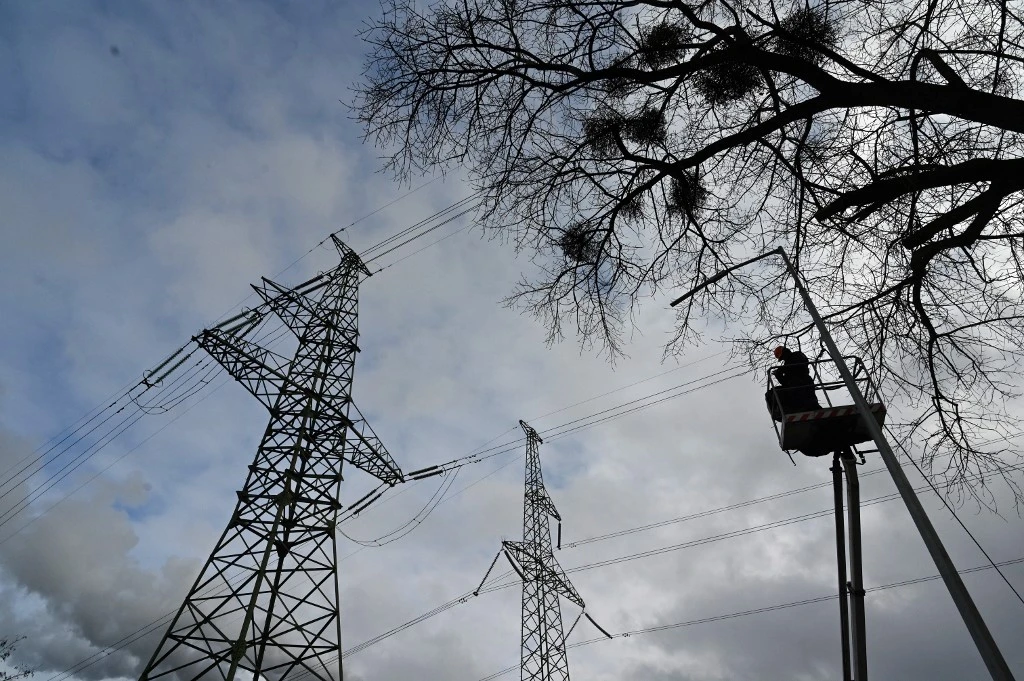Power grid infrastructure damage was reported in four cities and authorities said repairs were in progress.
As in past attacks, Russian strike planners led off with an overnight wave of Iran-manufactured Shahed drones. Ukrainian defense officials have said Moscow uses slow-moving, push-propeller aircraft to seek out and attack Ukrainian air defenses.
According to a statement by Ukraine’s Air Defense Command, at least 24 Shaheds, widely known as “flying mopeds” for their distinctive putt-putt engine sound, were shot down during the night Wednesday-Thursday. Fifteen were knocked down in skies over Kyiv, a statement from the Kyiv city administration said.
The main Moscow attack, a wave of bomber-launched cruise missiles launched after sunrise, started triggering air raid alarms across the country around 7 A.M. Maksym Marchenko, head of the Odesa regional defense command, said Russian warships in the Black Sea also launched missiles as well.
The Trukha Ukraina news channel said a secondary missile strike aimed specifically at the capital Kyiv was launched from Russia’s Belgorod Oblast’.
A Russian cruise missile that was shot down fell on a construction site killing one 55-year-old man and injured two people in a southern district of the capital Kyiv. In the southern city Zaporizhia an early morning strike killed three workers at a power station, the UNIAN news agency reported.
The Putin regime is likely to engage in a severe crackdown, with Russia as a state becoming even more insular and anti-Western than before.
